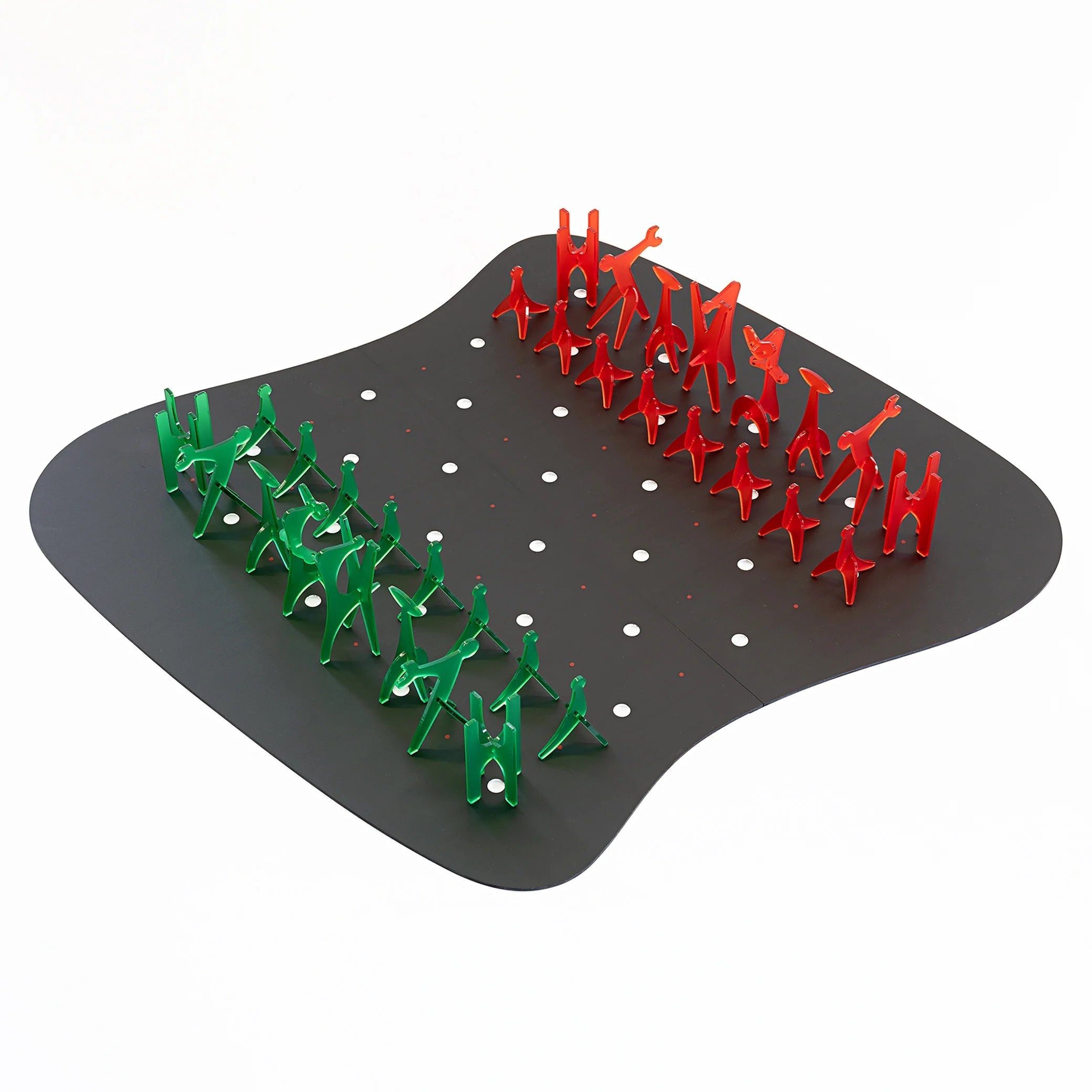
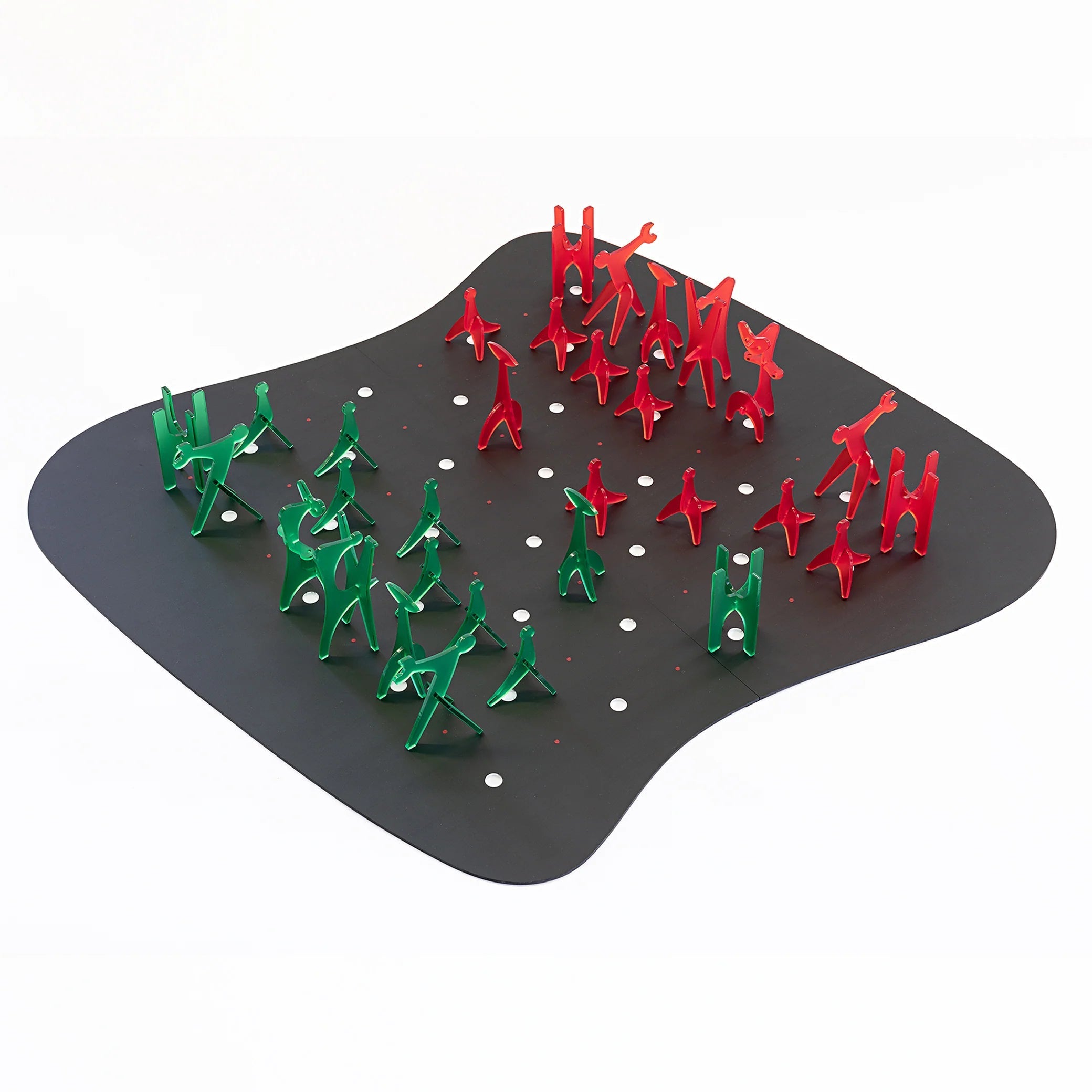
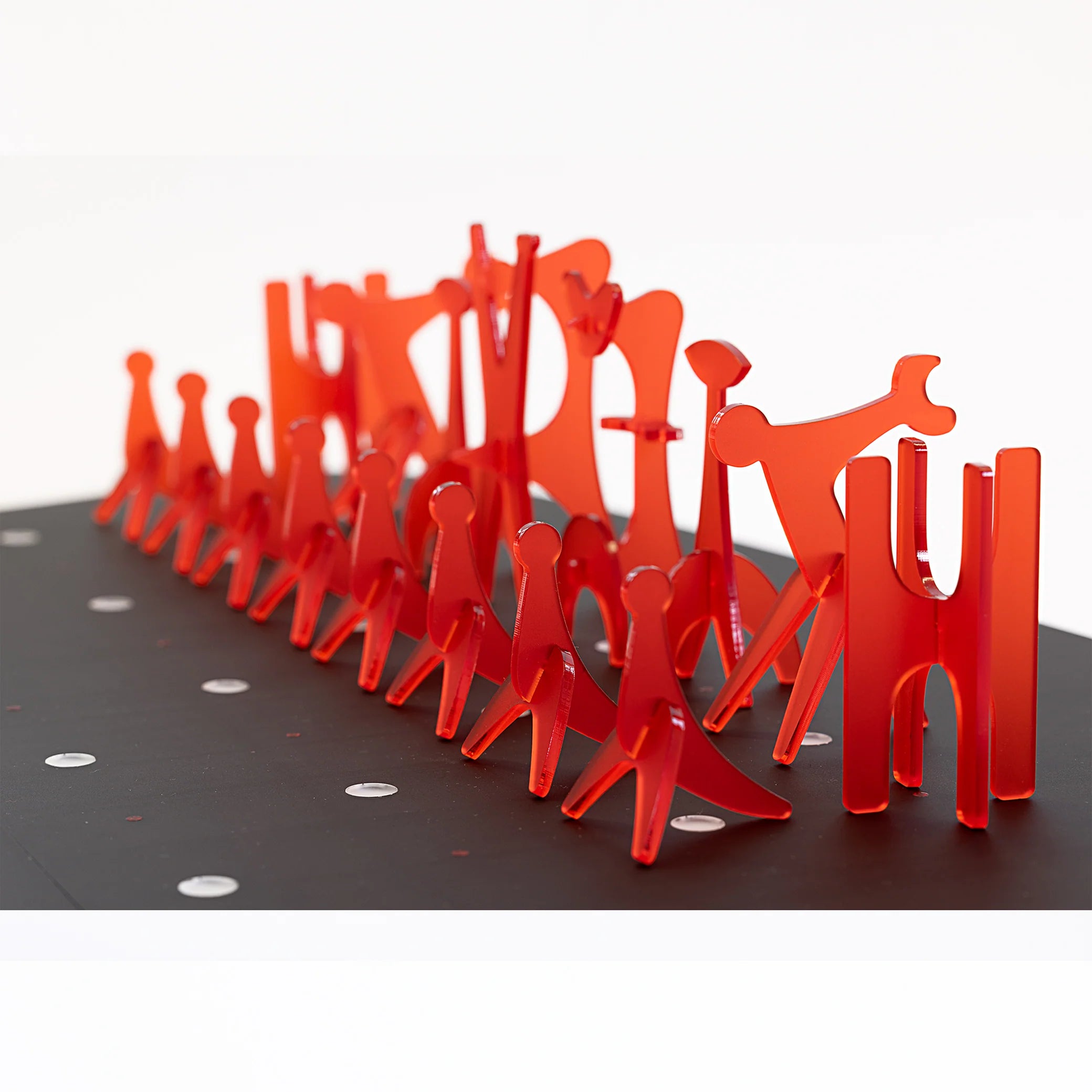
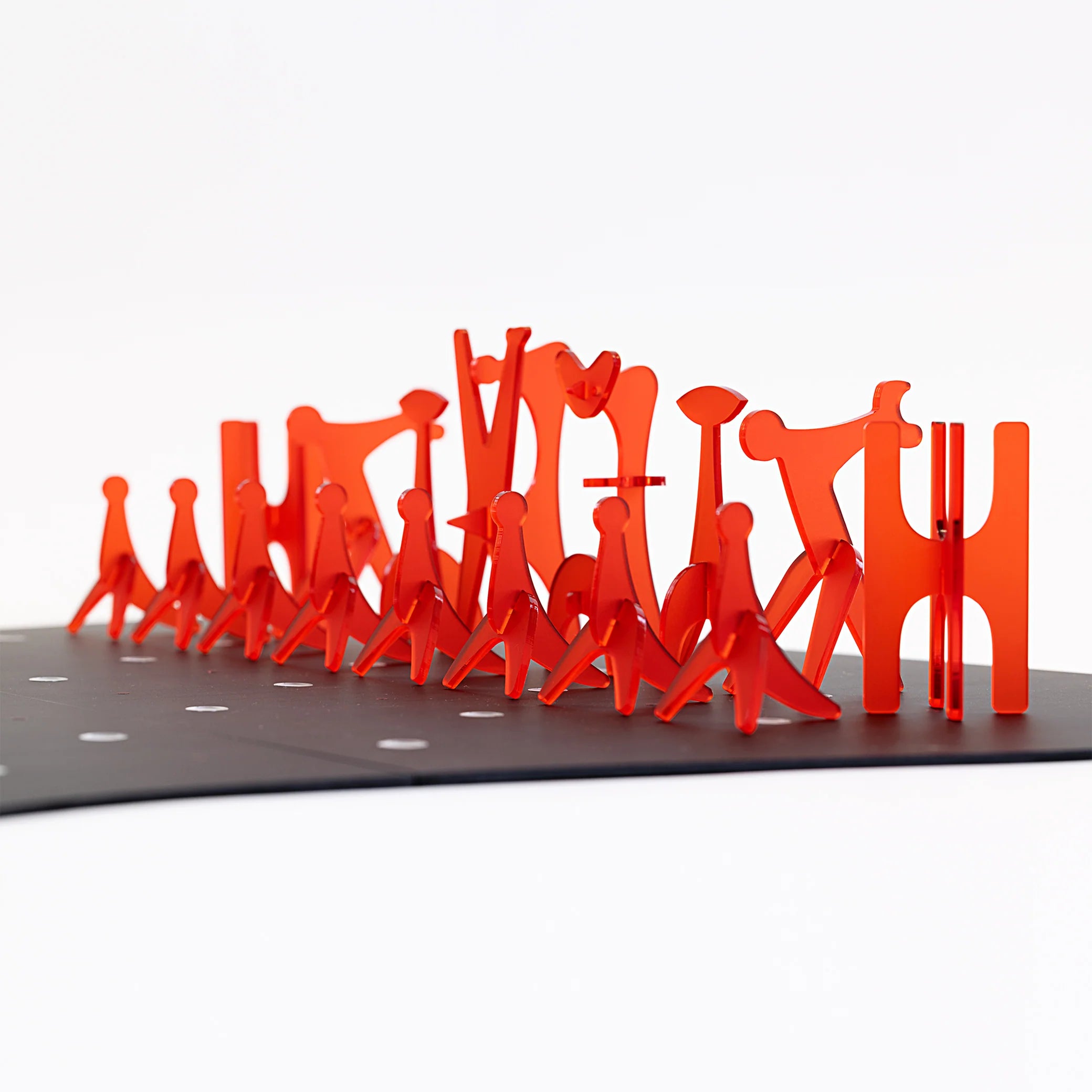
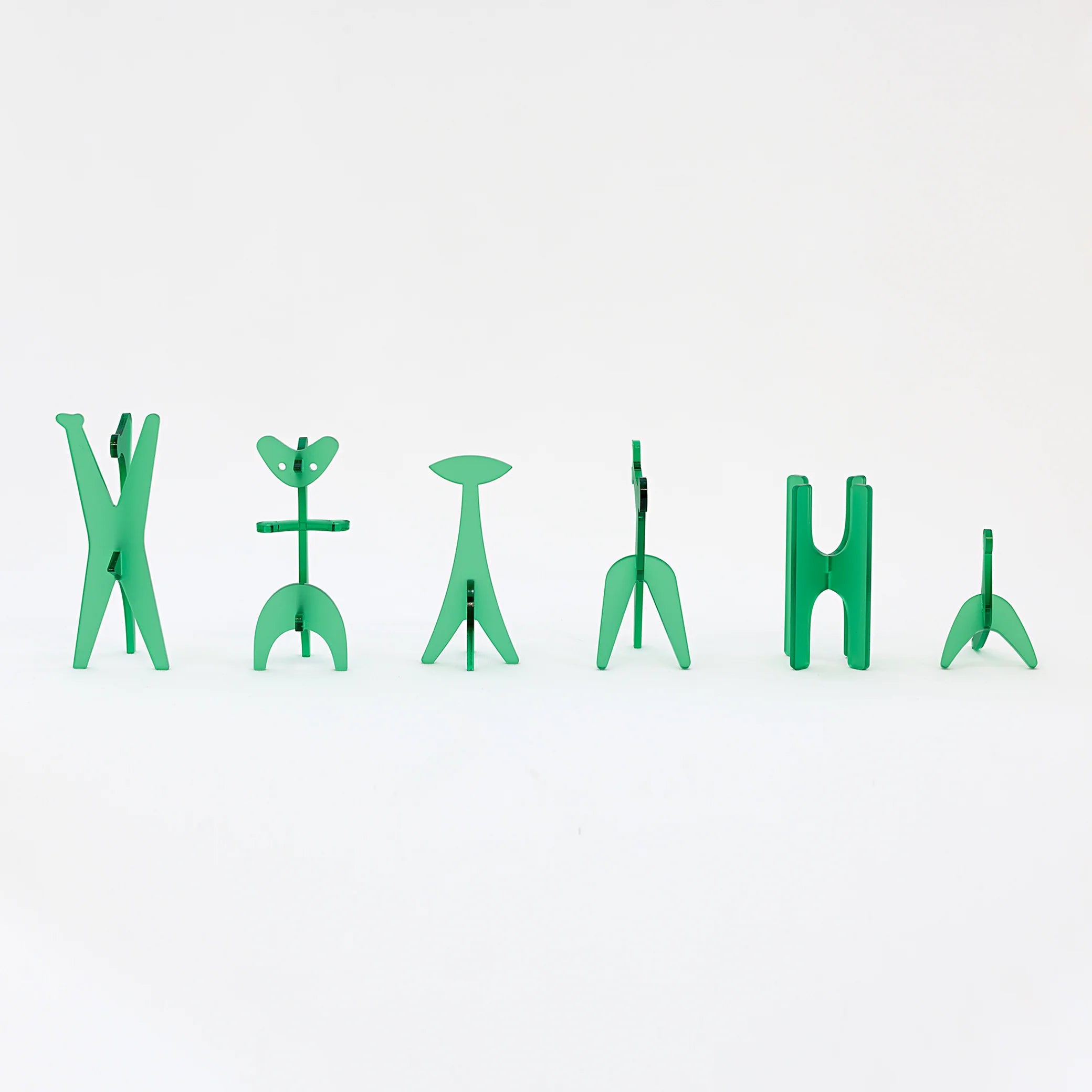
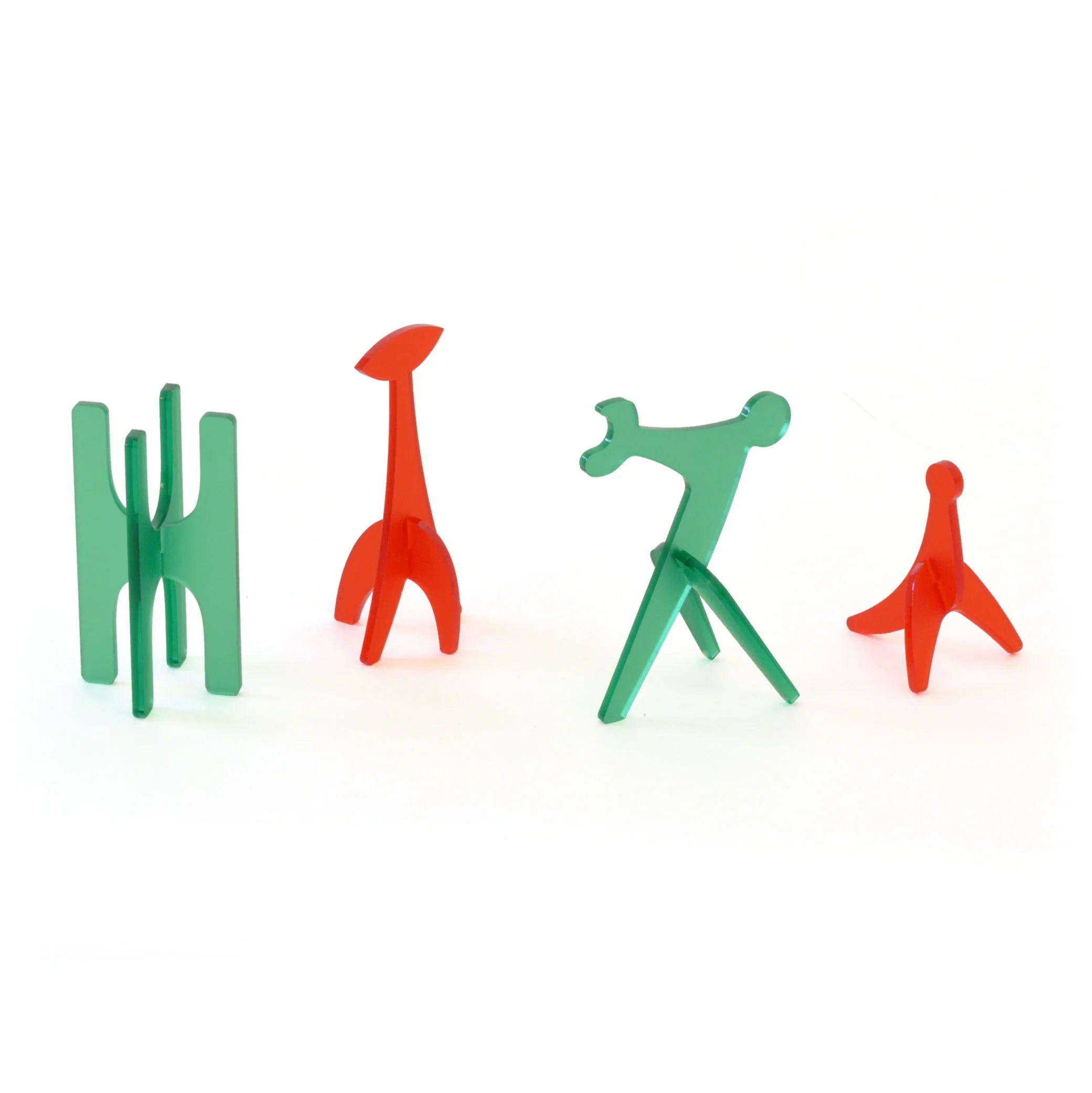
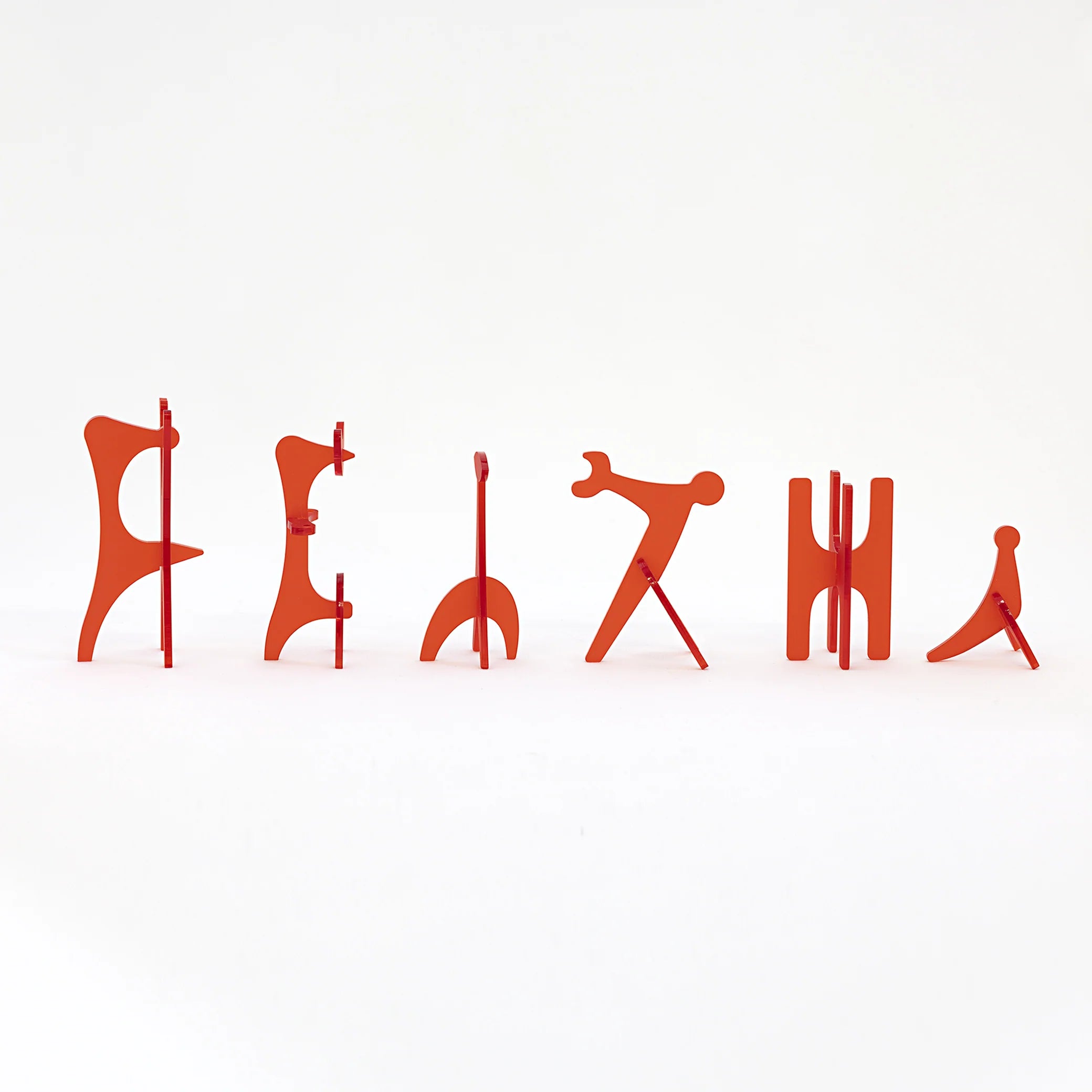
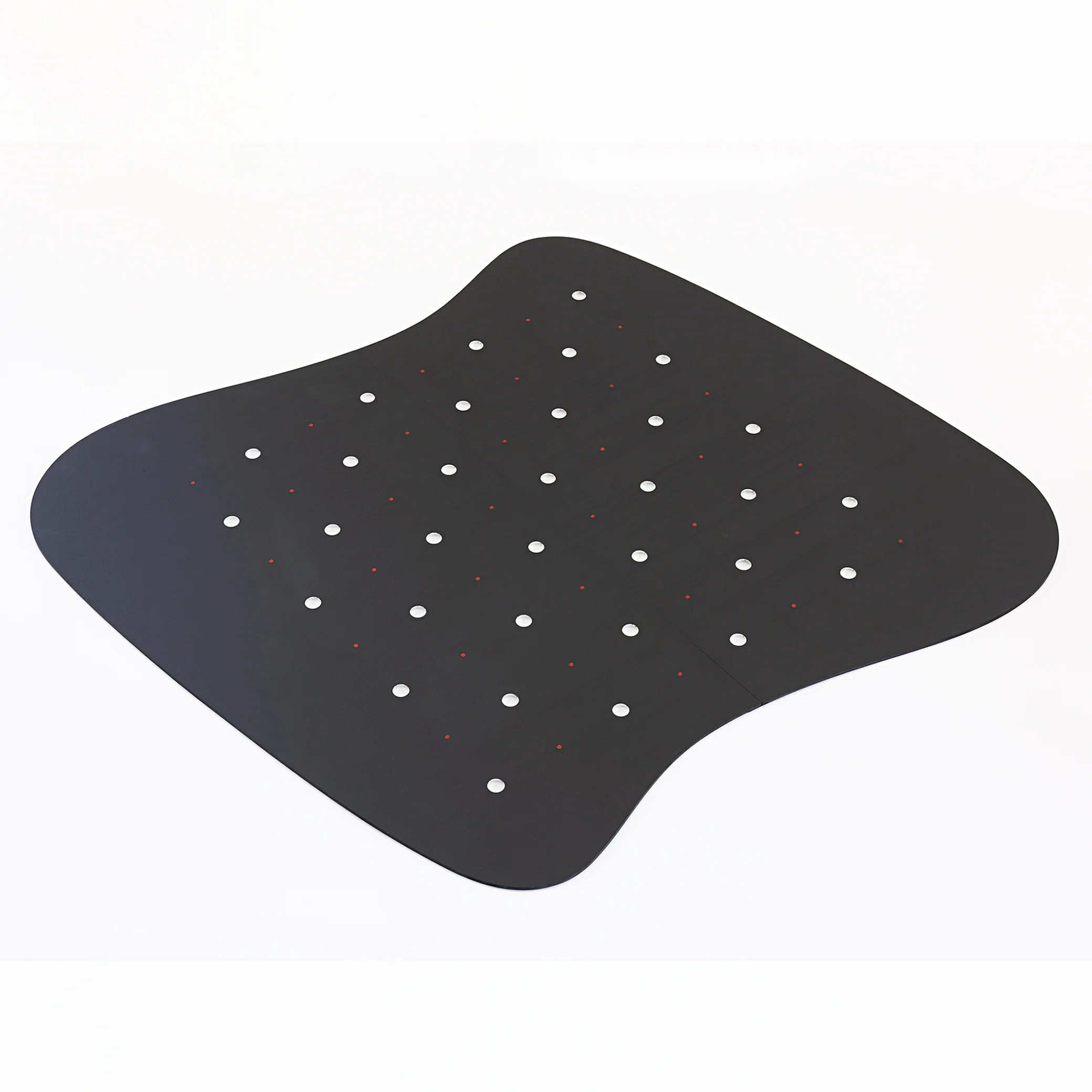
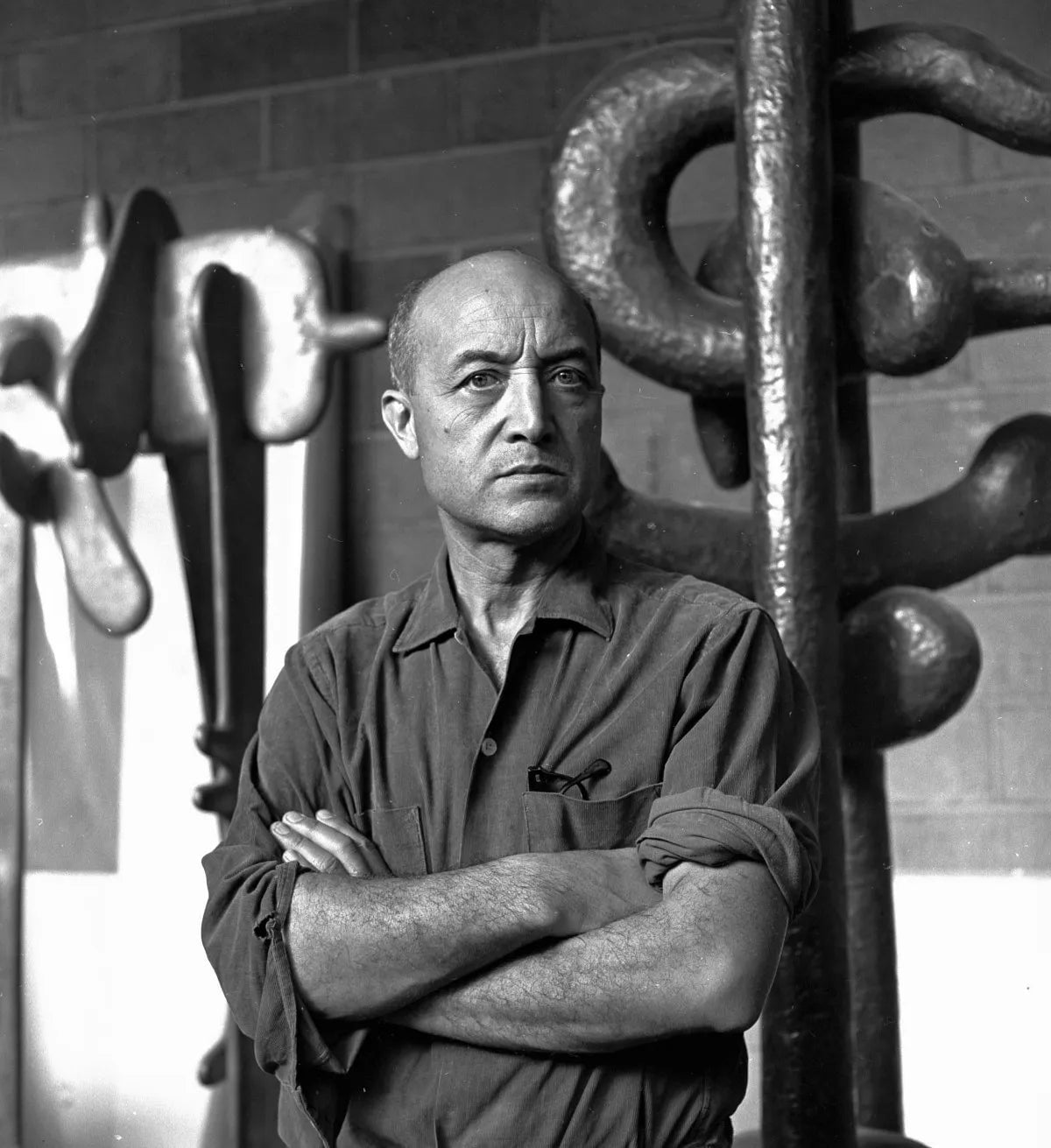
Isamu Noguchi Modernist Style Chess Set
- 30+ FREE Gifts with Purchase

Chess House Guarantee
- Easy parts. When buying a chess set online, we've got you covered. With us, you have easy access to parts for years so your set is always playable.
- Safe, timely arrival. Every order is thoughtfully packed. Plus, delivery time is clear from checkout until it reaches your door.
- Peace of mind. Easy access to our friendly experts and 90 day, no-hassle returns.
That's why 22,480 people rate Chess House 4.8 out of 5 stars.
Mark (Verified Buyer)
Always fast, efficient, packed well, and good updates and communication on order even if just email.
About The Isamu Noguchi Modernist Style Chess Set
Of the many chess set designs made by major 20th century Modern artists few were both as innovative and deeply rooted in tradition as the Chess Set and Table ensemble created by Japanese – American sculptor Isamu Noguchi for the 1944 Imagery of Chess exhibition at Julien Levy Gallery in New York, organized by Levy and artists Marcel Duchamp and Max Ernst.
The wartime scarcity of quality materials both limited and inspired Noguchi. In his chess set design, which became prototypes for his other sculptures of that era, Noguchi devised a simple but ingenious system of notching together thin contoured planes of material to create fully 3-D objects, but using a minimum of materials. Scarcity also led him to fashion these pieces from a new experimental wartime material developed to mass produce clear aircraft canopies and gun turrets – Plexiglas.
Being of mixed Japanese and American parentage, Noguchi combined his passion for pioneering Modernist forms with a deep respect for the history and traditions of both Eastern and Western cultures. His love of historical Indian and Persian chess forms was further fueled by his love affair (1943 – 1947) with a young Indian woman, Tara Pandit, the niece of Indian Prime Minister Jawaharlal Nehru. Instead of regular Western black and white pieces, Noguchi made his figures of translucent red and green Plexiglas to echo rubies and emeralds often found in Moghul jewelry. With the exception of the rook, all other pieces have headlike forms and arched spines.
He mimicked the beauty of Indian and Persian black lacquered boards that had round, center-point inlays of mother of pearl or ivory with his black ebonized curvy-edged table featuring a grid of white circular inlays, not squares.
There is no record of what happened to the original chess pieces, but ever since the 2005 debut of a replica set of Isamu Noguchi’s lost original 1944 chess set in the Imagery of Chess Revisited exhibition, the Noguchi Museum has been inundated with requests for a new edition.
The Noguchi Museum and AMEICO have been conducting materials research for some time and are excited to produce a new edition of the 1944 Noguchi Chess Set accompanied by an attractive Perspex black folding board with red and translucent white circular inlays, modelled after the artist’s original tabletop design.
Specifications
- Pieces: Perspex plexiglass
- Board: Folding Perspex black plexiglass with red and translucent white circular inlays to represent squares.
- King Height: 3"
- Board: 22” x 24”
Design by: Isamu Noguchi
Design year: 1944
Isamu Noguchi (1904–1988) was an American artist and landscape architect whose artistic career spanned six decades, from the 1920s onward. Known for his sculpture and public artworks, Noguchi also designed stage sets for various Martha Graham productions, and several mass-produced lamps and furniture pieces, some of which are still manufactured and sold.
In 1947, Noguchi began a collaboration with the Herman Miller company, when he joined with George Nelson, Paul László and Charles Eames to produce a catalog containing what is often considered to be the most influential body of modern furniture ever produced, including the iconic Noguchi table which remains in production today. His work lives on around the world and at the Isamu Noguchi Foundation and Garden Museum in New York City.





